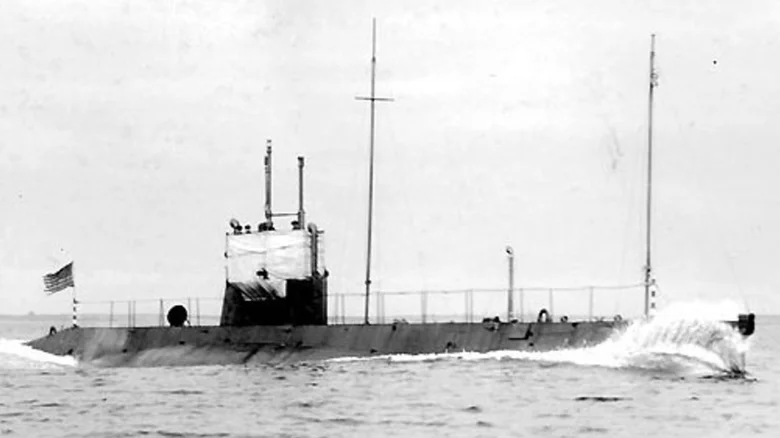WWI Submarines: What Were They Used For And Do Any Still Exist?
Published: 13 February 2025
By Jonathan H. Kantor
via the slashgear.com website

intro-1738942091
Typically, when people think of submarine warfare, they probably recall the deadly U-boats of World War II. While that conflict saw widespread use of submarines, it was hardly the first to utilize the silent vessels. In fact, the first use of a submarine in combat occurred in 1776 during the War for American Independence. Granted, it was rudimentary and wasn’t successful, but it demonstrated the viability of the technology.
There were many submarines navigating the depths before the 1900s, but their first significant impact on a conflict came during World War I. Submarines made up relatively small portions of each combatant’s total fleet during WWI, but that didn’t make them any less useful or deadly. Initially, nations followed the naval tradition of warning merchant ships and sparing the crew before an attack. Germany changed the tactic during WWI via unrestricted submarine warfare, which meant that German U-boats could attack without warning any vessel it came across.
Germany sank the civilian vessel, RMS Lusitania, in an act of unrestricted submarine warfare, which helped draw the U.S. into the conflict. Still, Germany wasn’t the only nation to use submarines during WWI, joining Italy, the U.S., the United Kingdom, and others. When the war began, no nation had a viable strategy for effectively employing submarines in warfare, but that changed as the war raged on. The submarines of WWI impacted the development and use of the boats in WWII, and only a handful remain that people can visit in museums around the world.
The deadly U-boats of WWI
The Imperial German Navy’s U-boats were some of the deadliest vessels of the war, and they were responsible for sinking over 5,000 Allied ships. That amounted to around 12 million tons of supplies, costing around 5,000 lives and 178 U-boats. The use of unrestricted submarine warfare made it easier for Germany to take on mercantile vessels supplying the Allies throughout the Atlantic Ocean, and it’s not hyperbole to say that the world’s navies feared German U-boats.
In 1914, Germany began producing Type U 19 submarines (pictured), which were some of history’s most significant military submarines. Boats of this type featured between one and two deck guns and four torpedo tubes. They displaced 837 tons of seawater while submerged and boasted a range of 7,600 miles when cruising at 17.7 mph on the surface. They measured 210 feet in overall length and could travel up to 11 mph while submerged. The U-20, which sank the RMS Lusitania, was of this type.
While the U 19 submarines had plenty of success, they weren’t the only type Germany sailed during the conflict. Germany built 329 U-boats of different types, which Imperial Germany and its allies used throughout WWI. More than half were lost to various enemy actions and engagements, and few parts of any U-boats survived the war. Several U-boats were larger, displacing upwards of 1,500 tons of seawater. Some were more powerful than others, while many were smaller and used to lay mines and conduct other operations.
→ Read the entire article on the SlashGear website.
External Web Site Notice: This page contains information directly presented from an external source. The terms and conditions of this page may not be the same as those of this website. Click here to read the full disclaimer notice for external web sites. Thank you.




